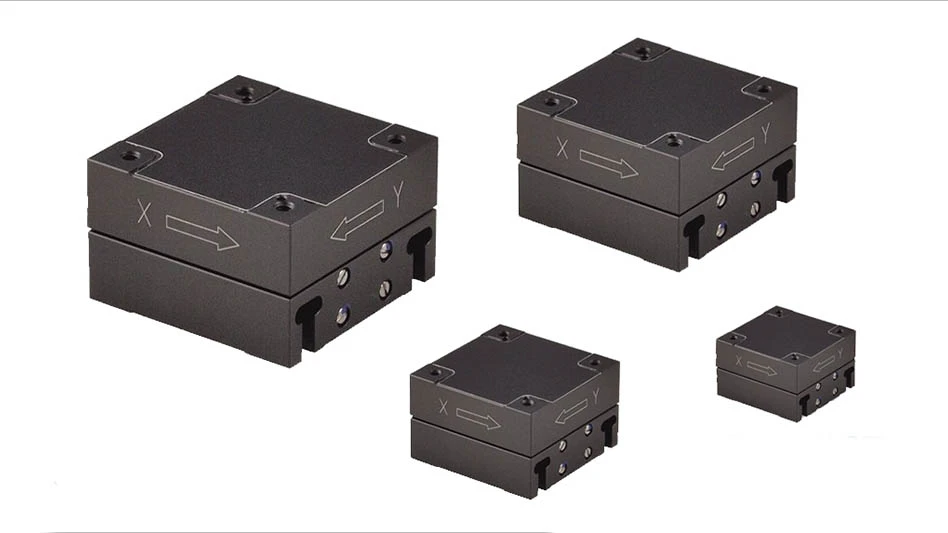
Courtesy graphic by Lockheed Martin
Space Systems Command (SSC) announced the successful delivery of the first mission payload for Next-Generation Overhead Persistent Infrared (Next-Gen OPIR) sensing in Geosynchronous Earth Orbit (NGG), in partnership with Lockheed Martin Space and Raytheon Technologies Corp.
The payload, known as NGG-1, was transported from Raytheon’s Mission Payload Facility in El Segundo, California, to Lockheed Martin’s Space Vehicle Integration Facility in Sunnyvale, California following successful completion of thermal vacuum chamber testing. At Lockheed, the payload will be integrated with the satellite bus and will continue to undergo rigorous system testing conditions like those it will experience in space to further ensure the satellite can operate in extreme vacuum and temperature conditions.
Once in orbit, NGG-1 will provide enhanced sensing capabilities to detect advanced missile threats, including hypersonic weapon systems. NGG-1 remains on schedule for its projected December 2025 initial launch capability.
NGG-1 is the first of two payloads in development for the geosynchronous Earth orbit. The Next-Gen OPIR missile warning program also includes development of OPIR sensors for highly elliptical orbit, known as Next-Generation Polar (NGP). Both NGG and NGP are designed to deliver improved strategic missile warning capabilities that are more survivable against emerging threats. The program is managed by SSC’s Space Sensing Strategic Missile Warning Acquisition Delta.
“Next-Gen OPIR capabilities will ensure we maintain an asymmetric advantage against adversarial threats,” said Capt. Christian Pung, section chief, Mission Payloads, SSC NGG Program. “Our advancements in early warning capabilities strengthen our ability to track incoming missiles and deter their potential effects throughout all phases of a conflict. I look forward to our team of military, civilian, Federally Funded Research and Development Center, and industry partners continuing to work together to keep ahead of threats and future conflicts in space.”
Sensors placed in the geosynchronous and polar Earth orbits offer unique benefits for persistence and stare coverage that add strength, reliability, and resiliency to future architectures. When combined with proliferated constellations in medium earth orbit and low earth orbit, these capabilities enable resiliency and abilities to quickly defeat a variety of advanced missile threats throughout their trajectory, from initial boost to post-boost phases.
“OPIR technology has played a critical role in our nation’s defense for over 60 years and remains essential to warfighting today and for the future.” said Maj. Kara Jarvis, deputy materiel leader, SSC Next Gen OPIR GEO Program. “The Next-Gen OPIR constellation provides the reliability needed as we advance a resilient, multi-orbit missile warning and tracking architecture for the Space Force, warfighters, allies, partners and our nation.”
Space Systems Command is the U.S. Space Force’s field command responsible for acquiring, developing, and delivering resilient capabilities to protect our nation’s strategic advantage in, from, and to space. SSC manages a $15.6 billion space acquisition budget for the Department of Defense and works in partnership with joint forces, industry, government agencies, academic and allied organizations to outpace emerging threats.
Get curated news on YOUR industry.
Enter your email to receive our newsletters.Latest from Aerospace Manufacturing and Design
- Talking machine tools with the professionals who build them
- Tools and strategies for improving your machining processes
- America Makes announces QTIME project call
- Innovation meets precision for 40% faster machining
- Upcoming webinar: Pro tips from a supply chain strategist
- Heart Aerospace relocates to Los Angeles
- Fixtureworks introduces Stablelock Clamps
- Piasecki acquires Kaman's KARGO UAV program






